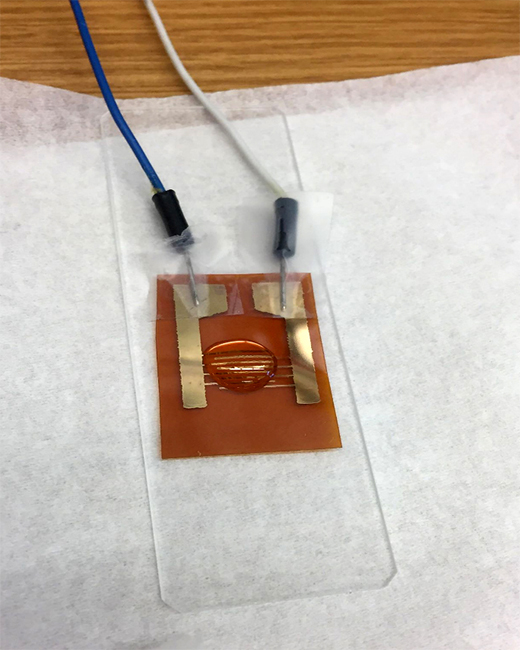Sensor Detects Mosquito-Borne Diseases Like Zika and Dengue

Purdue University professors have created a biosensor that can identify mosquito-borne diseases such as Zika and dengue at a faster and lower cost than current methods. The sensor consists of an electrode coated with material that has a high surface area to immobilize certain biological molecules that bind to the RNA of the virus. The sensor can identify the presence of the virus when the DNA or RNA of the virus-infected mosquito binds to the surface, changing its resistance on the electrode. It can also tell the difference between certain flaviviruses. The technology works in less than an hour, as opposed to current technologies that detect mosquito borne diseases that can take upwards of a week or longer to identify the virus.
“Only the virus will bind to the surface, no other molecules. It is a recognition, like a key and lock,” said Lia Stanciu, associate head and professor of Materials Engineering at Purdue and one of the founders of SMK Diagnostics, the start up company created by the professors who developed the technology. The professors have also secured a patent and are currently seeking funding to build a prototype.
The other researchers/professors who developed the sensor are Ernesto Marinero and Richard Kurn, who was the first scientist to determine the Zika virus structure via cryo-electro microscopy.